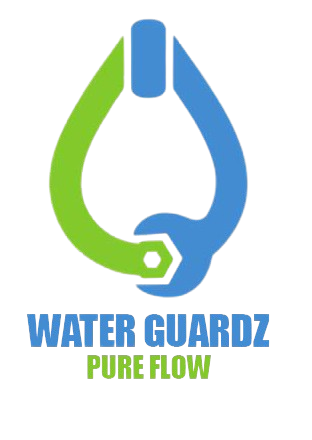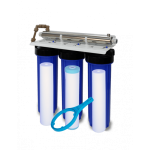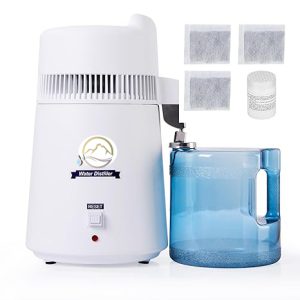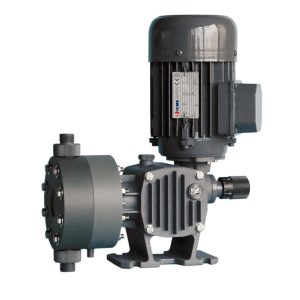Description
A UV sterilizer filter system uses ultraviolet (UV) light to disinfect water by inactivating harmful microorganisms like bacteria, viruses, and protozoa. It is widely used in water purification processes to provide safe and clean drinking water, ensuring that harmful pathogens are eliminated without the need for chemicals.
1. How UV Sterilizer Systems Work
The UV sterilization process involves exposing water to UV light at a specific wavelength, typically 254 nanometers, which is effective in disrupting the DNA or RNA of microorganisms. This renders them incapable of reproducing, effectively neutralizing potential threats. Key steps include:
- Water Inflow: Contaminated water flows into the UV chamber.
- UV Radiation: As the water passes through, it is exposed to UV light emitted by a UV lamp.
- Pathogen Inactivation: The UV light inactivates microorganisms, preventing them from causing illness.
- Clean Water Outflow: The sterilized water exits the system, now free from harmful pathogens.
2. Benefits of UV Sterilizer Filter Systems
UV sterilizer systems offer several advantages over traditional water treatment methods:
- Chemical-Free: UV sterilization doesn’t require the use of harmful chemicals, making it a more environmentally friendly option.
- Fast Action: UV light works quickly to disinfect water, providing rapid treatment without the need for long contact times.
- No By-products: Unlike chlorine, UV treatment doesn’t produce harmful by-products, ensuring water remains pure.
- Effective Against a Wide Range of Pathogens: UV light is highly effective in inactivating bacteria, viruses, and protozoa, making it suitable for purifying water from various sources.
3. Applications of UV Sterilizer Filter Systems
UV sterilizer systems are used in a variety of settings, including:
- Residential Use: For purifying tap water to ensure safe drinking water at home.
- Commercial and Industrial Applications: In food and beverage processing, pharmaceuticals, and hospitals to maintain sterile environments.
- Aquarium and Fish Farms: To maintain water quality and protect aquatic life from harmful pathogens.
4. Maintenance and Considerations
To ensure the system works effectively:
- Lamp Replacement: UV lamps need to be replaced periodically, as their effectiveness diminishes over time.
- Cleaning: The UV chamber and quartz sleeve should be cleaned regularly to maintain optimal light penetration.
- Monitoring: Regularly monitor water quality to ensure the system is functioning as expected.





